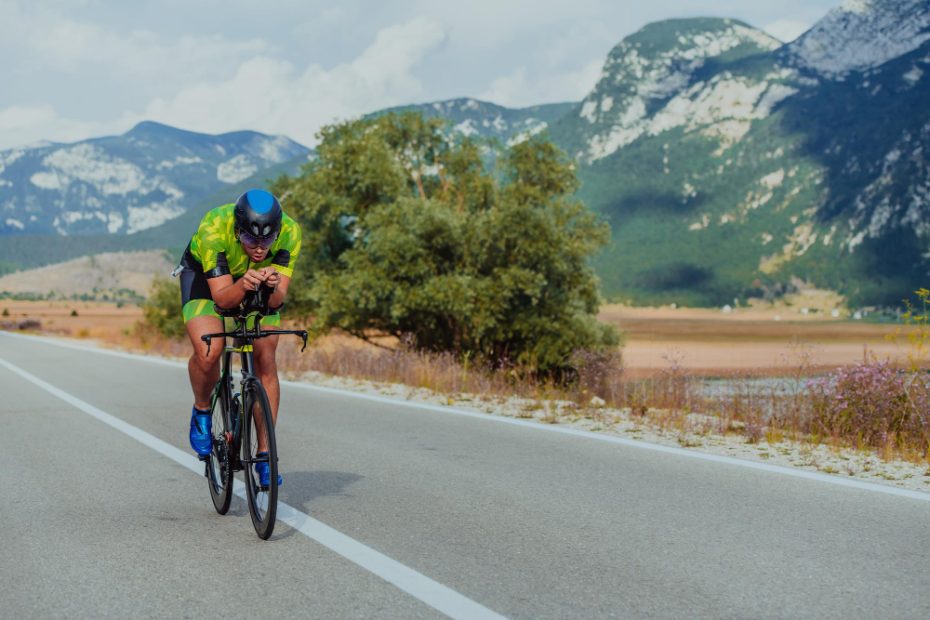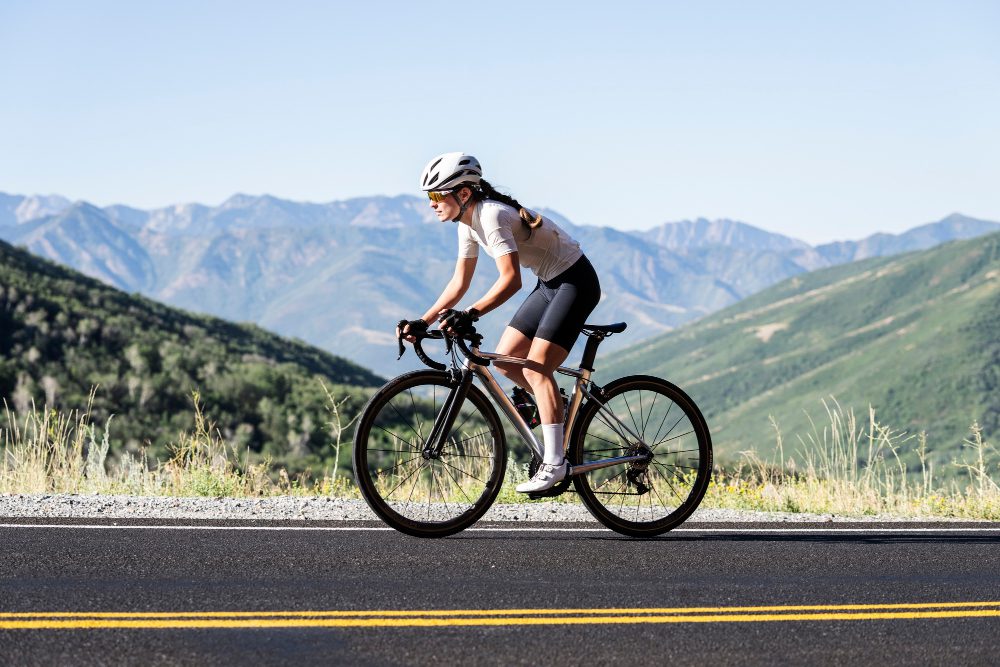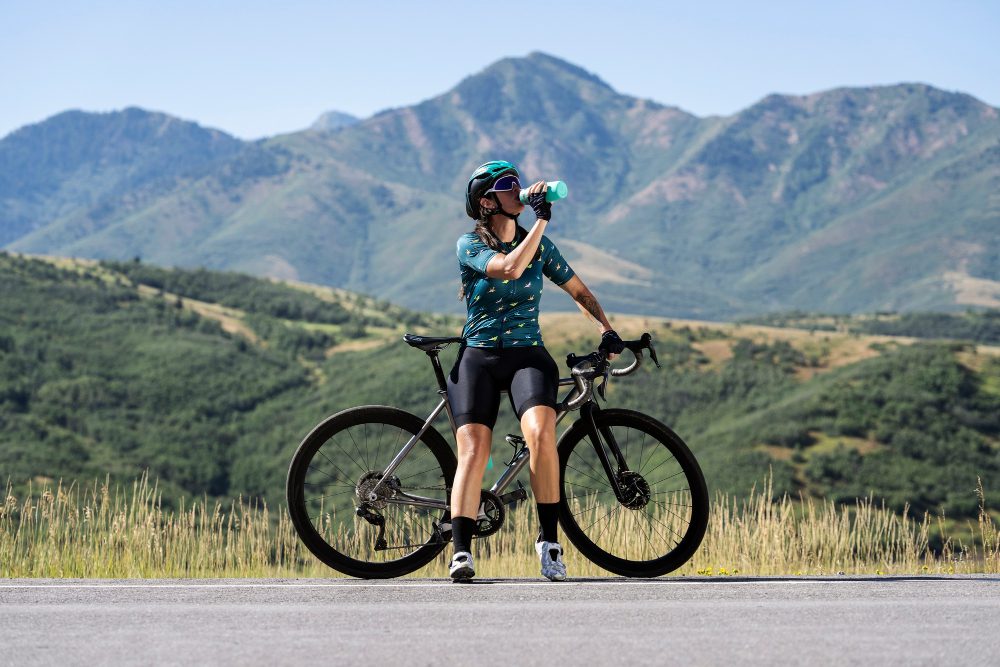How much is a good racing bike?
A good racing bike is an essential investment for any cyclist who is serious about their training and performance. Whether you are a professional athlete or a dedicated amateur, having the right equipment can make a significant difference in your speed, endurance, and overall riding experience. However, the price of a racing bike can vary significantly depending on various factors, including the brand, materials used, components, and customization options.
Factors influencing the price of a racing bike
When determining the cost of a racing bike, several key factors come into play:
- Brand: Established brands with a strong reputation in the cycling industry often come with a higher price tag. These brands have spent years perfecting their designs and technologies, resulting in top-quality bikes.
- Materials: The type of materials used in the construction of the bike greatly affects its price. High-end racing bikes are typically made from lightweight and durable materials such as carbon fiber or titanium, which contribute to better performance but are more expensive.
- Components: The quality and performance of the bike’s components, including the gears, brakes, and wheels, can greatly impact the price. Bikes with top-of-the-line components from reputable manufacturers tend to be more costly.
- Customization: Some brands offer customization options, allowing riders to choose specific features, colors, and accessories. While this adds a personal touch to the bike, it may also increase the overall cost.
Price ranges
A good racing bike can range anywhere from £1,000 to well over £10,000, depending on the factors mentioned above. Here is a general breakdown of price ranges:
| Price Range | Features |
|---|---|
| £1,000 – £2,500 | Entry-level racing bikes with basic components and aluminum frames. Suitable for beginners and recreational riders. |
| £2,500 – £5,000 | Mid-range racing bikes with carbon frames and improved components. Offers a good balance of performance and value for money. |
| £5,000 – £10,000 | High-end racing bikes with top-quality carbon frames and premium components. Designed for serious riders and enthusiasts who demand the best performance. |
| Above £10,000 | Ultra-premium racing bikes with cutting-edge technology and customization options. These bikes are often used by professional cyclists and elite athletes. |
Investing in quality
While the price of a good racing bike may seem daunting, it is important to consider the long-term benefits and the value it brings to your cycling experience. A high-quality bike can significantly enhance your performance, provide better comfort, and withstand the rigors of intense training and racing. Additionally, reputable brands often offer warranties and excellent customer support, ensuring that you get the best possible return on your investment.
“A good racing bike is not just a purchase; it’s an investment in your passion and performance.”
Ultimately, the price you should pay for a racing bike depends on your individual needs, goals, and budget. It is recommended to visit a local bike shop or do thorough research online to compare different brands, models, and prices. Consider consulting with experienced cyclists or professionals who can provide valuable insights and help you make an informed decision.
Remember, investing in a good racing bike is an investment in yourself and your cycling journey. So, take the time to find the right bike that suits your requirements and enjoy the thrill of riding a high-performance machine.
Do expensive bikes make a difference?
When it comes to racing bikes, the price range can vary significantly. From budget-friendly options to high-end models, riders often wonder whether investing in an expensive bike makes a noticeable difference in performance. Let’s explore this question further and shed some light on the subject.
Materials and Components
One of the main reasons why expensive bikes tend to perform better is the quality of materials used in their construction. High-end bikes are often made from lightweight carbon fiber frames, which offer superior strength and stiffness compared to cheaper alternatives. These advanced materials provide a more responsive ride and better power transfer, resulting in improved speed and efficiency.
In addition to the frame, expensive bikes often come equipped with top-of-the-line components. Premium gears, brakes, and wheels are designed to be lighter, more durable, and provide smoother operation. These enhancements can significantly impact a rider’s overall experience and performance on the road.
Aerodynamics and Design
Another factor that sets expensive bikes apart is their focus on aerodynamics. Advanced engineering and wind tunnel testing allow manufacturers to create sleek, wind-cheating designs. These bikes cut through the air with reduced drag, allowing riders to go faster with less effort. While the benefits of aerodynamics become more apparent at higher speeds, even recreational cyclists can appreciate the improved efficiency.
Customization and Fit
Expensive bikes often offer more options for customization, allowing riders to fine-tune their fit for optimal comfort and performance. Professional bike fitting services are often included or available as an additional option when purchasing high-end bikes. A proper fit ensures that the rider’s position on the bike is optimized for maximum power output and reduced fatigue, leading to improved performance during long rides or races.
Value for Money
While expensive bikes do offer several advantages, it’s important to consider your individual needs and budget. For professional riders or serious enthusiasts looking to compete at a high level, investing in a top-tier racing bike can be worth the cost. However, for recreational riders or those on a tighter budget, there are still plenty of options available that provide an excellent riding experience without breaking the bank.
“Investing in an expensive racing bike is like having a high-performance sports car – you may not need all that power on a daily basis, but it’s nice to have when you want to push your limits.”
In conclusion, while expensive bikes do make a noticeable difference in terms of performance, it ultimately depends on your cycling goals, budget, and personal preferences. It’s essential to test ride different bikes, consult with experts, and consider your specific needs before making a purchase decision.
How much should I budget for a good bike?
When it comes to buying a good bike, budgeting plays a crucial role. It’s important to consider your needs and preferences before deciding on the amount you’re willing to spend. While there are various factors that can affect the price of a bike, here are some general guidelines to help you establish a budget.
Consider your riding style and goals
Before setting a budget, think about the type of riding you’ll be doing and your long-term goals. Are you a casual rider looking for a bike to commute to work or run errands? Or perhaps you have more ambitious plans, such as participating in races or endurance rides. Your intended use will significantly impact the amount you should budget.
Quality and components matter
Remember, you get what you pay for. Higher-quality bikes tend to come with better components and materials, resulting in improved performance and durability. If you’re serious about cycling and plan to ride frequently or competitively, investing in a higher-end bike can offer a better riding experience in the long run.
Setting a reasonable budget
For a good quality entry-level bike suitable for casual riders, you can expect to budget around £300-£500. This price range will provide you with a reliable bike that meets basic requirements. However, if you’re seeking a professional racing bike with top-of-the-line components, the budget may need to increase to £1000 or more.
Additional costs to consider
It’s important to factor in additional costs when budgeting for a new bike. These may include accessories like helmets, lights, locks, and maintenance tools. Additionally, regular servicing and occasional repairs should also be accounted for to keep your bike in good condition.
Remember:
“Investing in a good bike is an investment in your cycling experience. While initial costs may be higher, it will pay off in the long run.”
What is a cheap fast bike?
A racing bike can be a significant investment, but not everyone wants to spend a fortune on a top-of-the-line model. For those looking for a more affordable option, a cheap fast bike can be a great choice. But what exactly is a cheap fast bike?
Factors that define a cheap fast bike
When it comes to finding a budget-friendly racing bike, there are a few key factors to consider:
- Frame material: Cheap fast bikes often use aluminum frames, which are lightweight and affordable.
- Components: While they may not have the latest high-end components, cheap fast bikes still offer reliable shifting and braking systems.
- Aerodynamics: A good racing bike should have a streamlined design, allowing for better speed and efficiency.
- Weight: Lighter bikes are generally faster, so a cheap fast bike should still prioritize weight reduction.
By finding a bike that meets these criteria without breaking the bank, you can enjoy the thrill of riding a fast bike without the hefty price tag.
Where to find affordable racing bikes?
There are several avenues for finding cheap fast bikes:
- Online retailers: Websites such as Amazon and eBay often have discounted prices on racing bikes.
- Local bike shops: Check with your local bike shop for sales or clearance items.
- Second-hand market: Consider buying a used racing bike from classified ads or online marketplaces like Craigslist or Gumtree.
- Bike swaps and events: Attend bike swap meets or cycling events where you can find used bikes at affordable prices.
Benefits of a cheap fast bike
Owning a cheap fast bike has several advantages:
Cost-effective: You don’t have to spend a fortune to enjoy the speed and thrill of riding a racing bike.
Fitness benefits: Riding a fast bike can help improve cardiovascular health and overall fitness.
Entry-level racing: Cheap fast bikes are ideal for beginners or those new to racing who want to try it out without a significant investment.
In conclusion
A cheap fast bike offers an affordable way to experience the excitement of riding a racing bike. By considering the key factors that define a cheap fast bike and exploring different options, you can find a budget-friendly model that meets your needs. Remember, it’s not necessary to spend a fortune to enjoy the speed and thrill of cycling.
Conclusion
Budgeting for a good bike involves considering your riding style, goals, and the level of quality you desire. Keep in mind that higher-quality bikes often come with a higher price tag, but they offer better performance and durability. It’s always wise to set aside some budget for accessories and maintenance costs as well. By carefully assessing your needs and preferences, you can determine an appropriate budget range to find the perfect bike for you.



